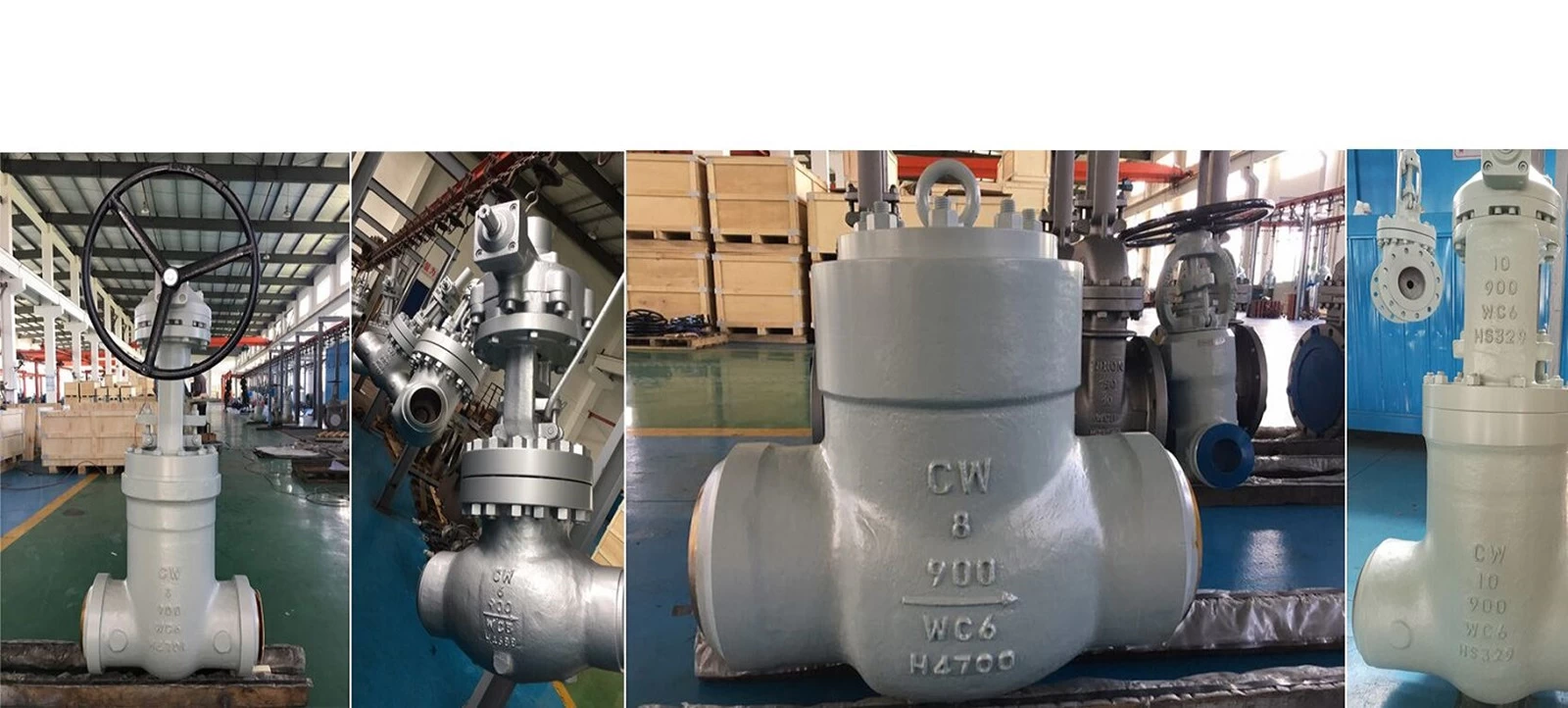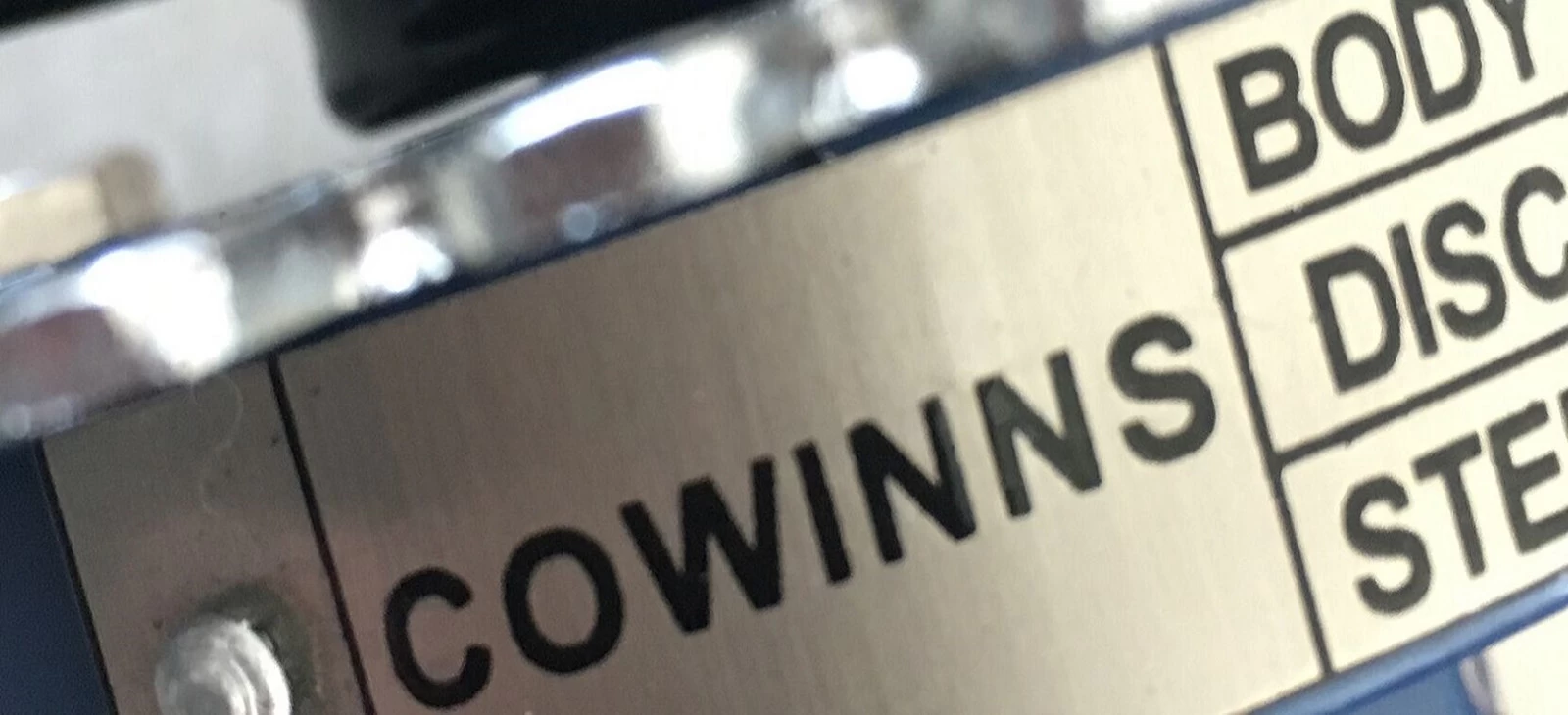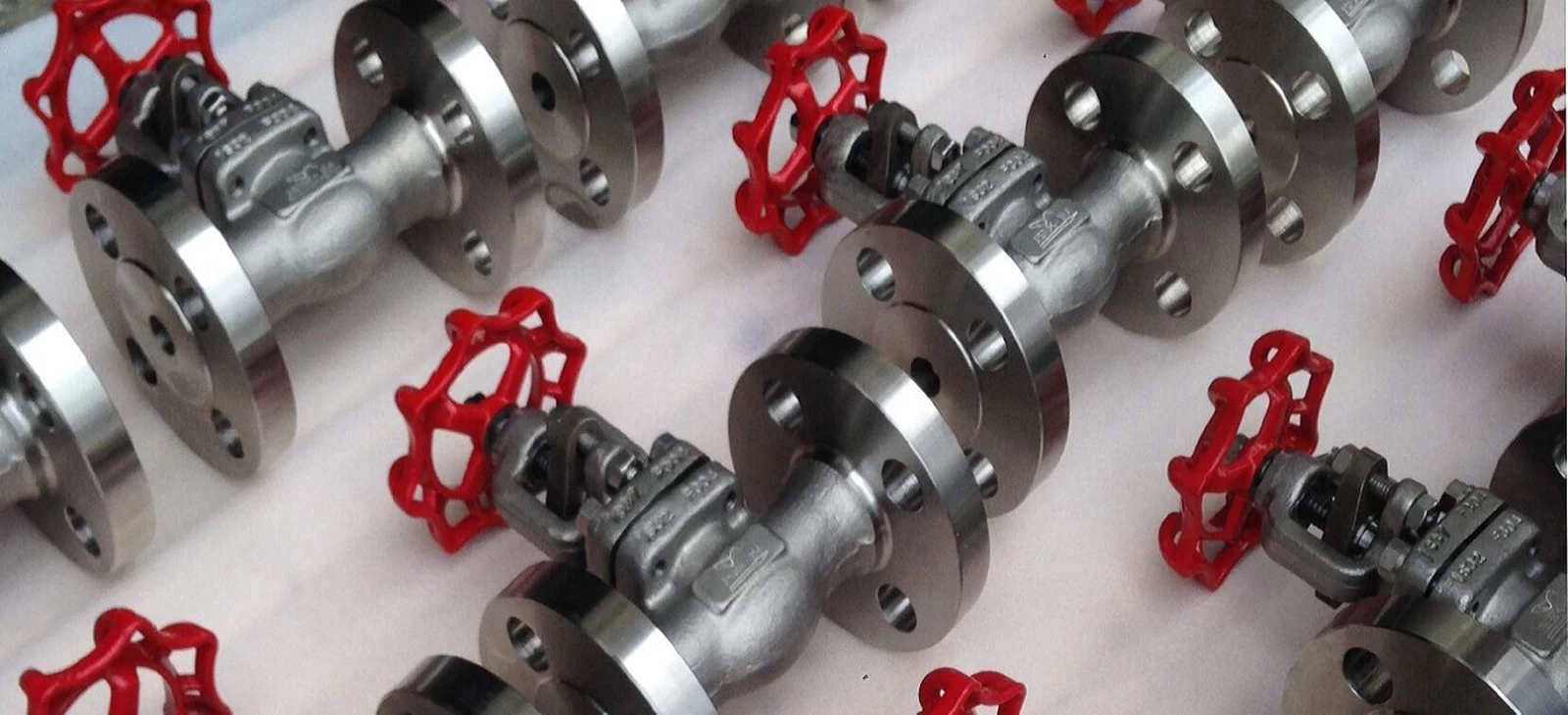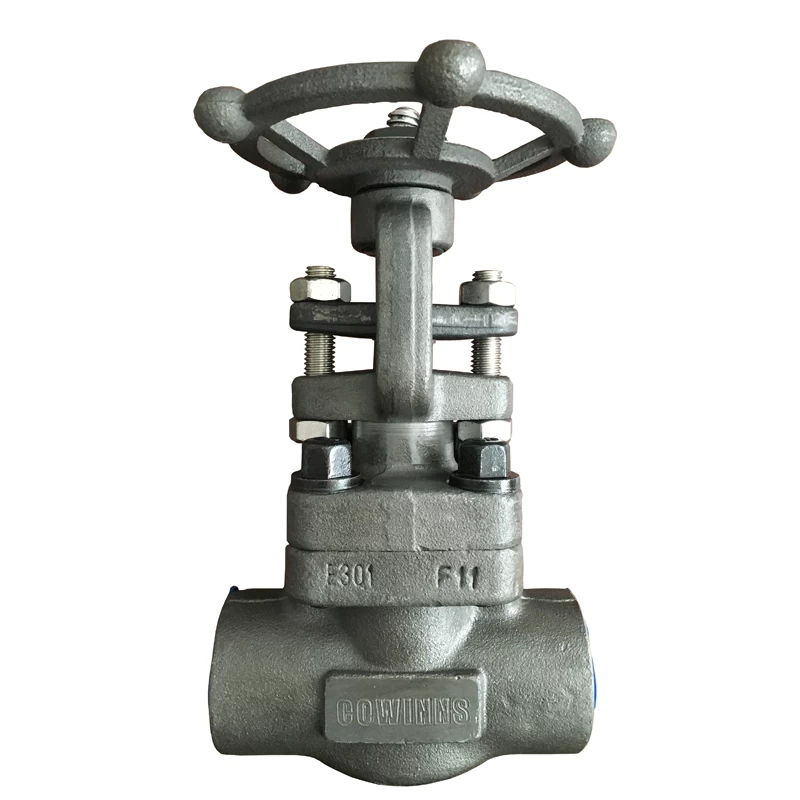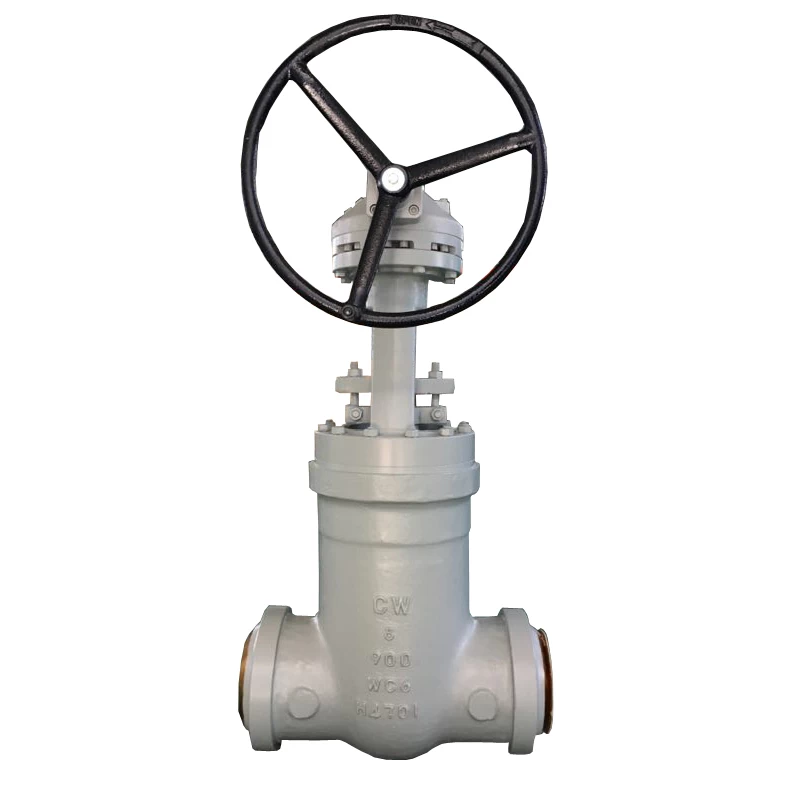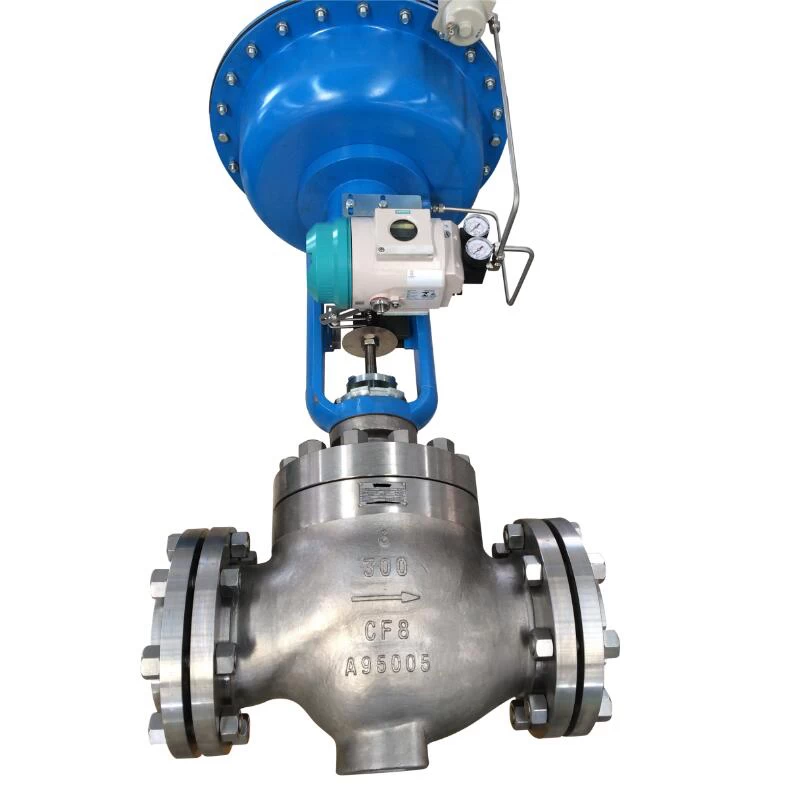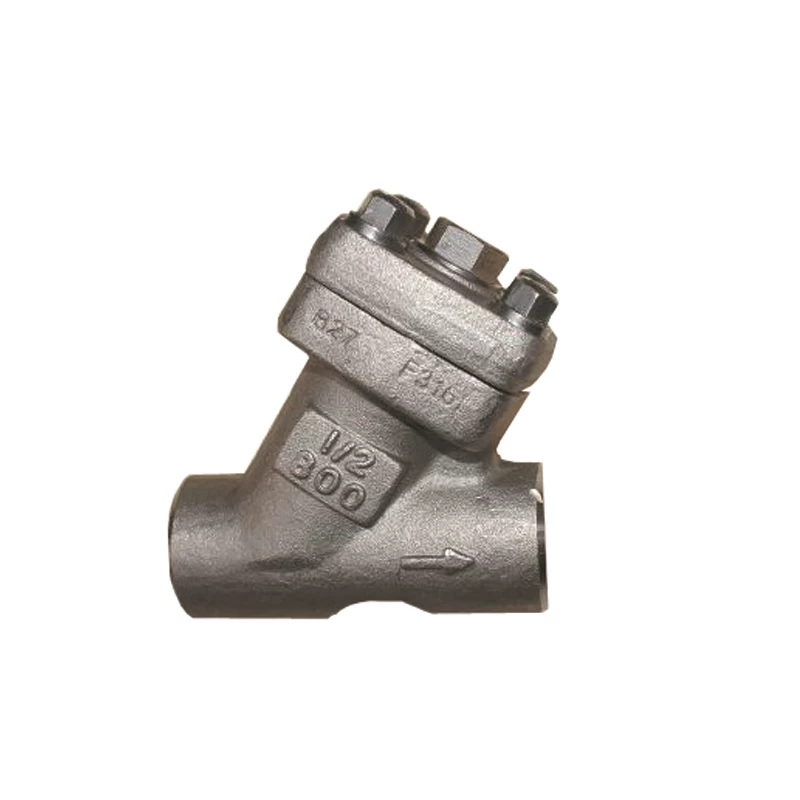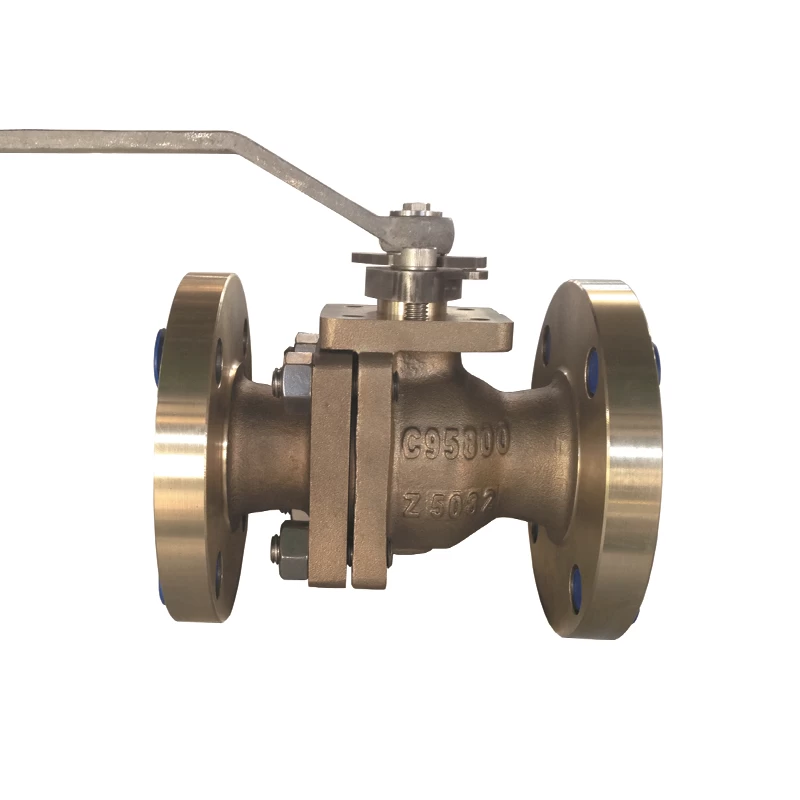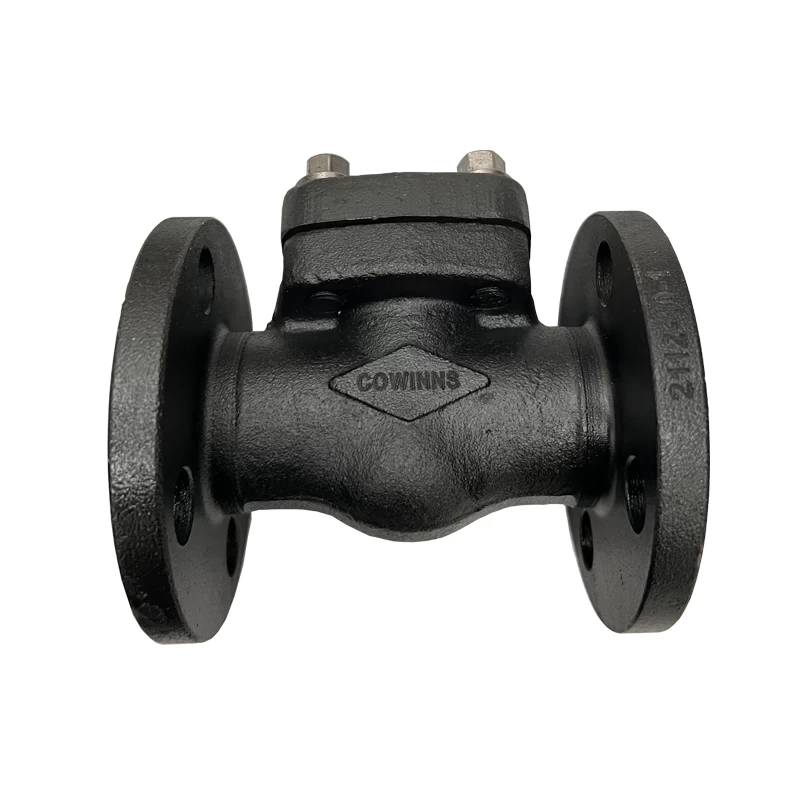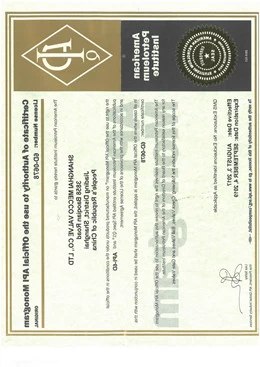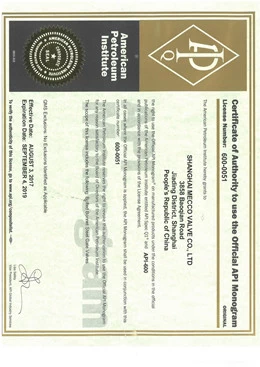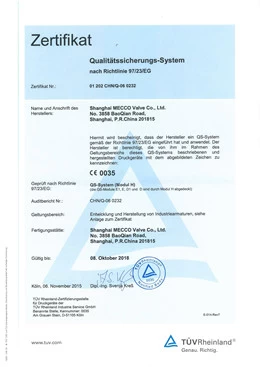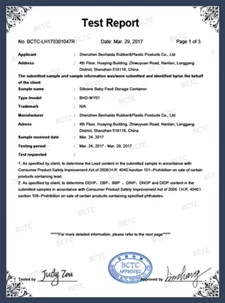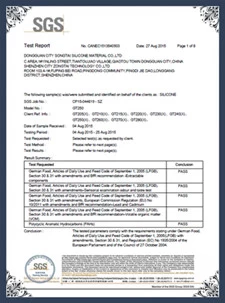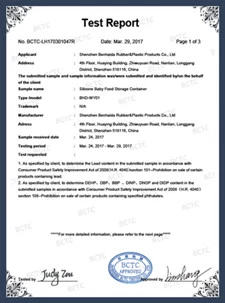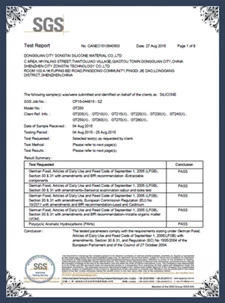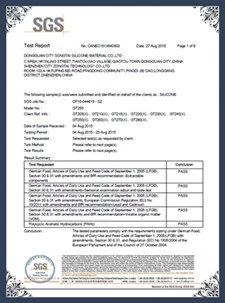Solutions to difficult opening and closing of large port size valves
Among the users
who use large-diameter stop valves in daily life, people often report a
problem, that is, large-diameter stop valves are often difficult to close when
they are used in media with a relatively large pressure difference, such as
steam, high-pressure water, etc. If you close it with force, you always find
that there will be leakage, and it is difficult to close. The reason for this
problem is the lack of the valve's structural design and the human limit level
output torque.
Analysis on the Causes of Difficulties in Opening and Closing Large-port size gate valves
The horizontal limit output of a general adult is 60-90kg, depending on different physiques.
Generally, the flow direction of the shut-off valve is designed to be low in and high out. When a person closes the valve, the human body pushes the handwheel horizontally to move the valve disc downwards to achieve closure. At this time, a combination of three forces needs to be overcome.
,which are:
1) Axial thrust Fa ;
2) Friction between packing and valve stem Fb ;
3) Contact friction Fc between valve stem and disc core
The total moment of force is ∑M=( Fa+Fb+Fc )R
It can be seen that the larger the outlet diameter, the greater the axial thrust force. When it is close to the closed state, the axial thrust force is almost close to the actual pressure of the pipe network (because P1-P2≈P1, P2=0 when closed)
For example, if a DN200 stop valve is used on a 10bar steam pipe, only the first item closes the axial thrust Fa =10×πr2=3140kg, and the horizontal circumferential force required for closing is close to the horizontal circumferential output of a normal human body. The limit of force, so it is very difficult for one person to completely close the valve under such conditions.
Of course, some factories suggest that this kind of valve be installed in the reverse direction, which solves the problem of difficulty in closing, but there is also the problem of difficulty in opening after closing.

Analysis of Causes of Internal Leakage of Large Diameter Globe Valves
Large-diameter stop valves are generally used in boiler outlets, main sub-cylinders, steam mains, etc. These positions have the following problems:
1) Generally, the pressure difference at the outlet of the boiler is relatively large, so the steam flow rate is also greater, and the erosion and damage to the sealing surface is also greater. In addition, the boiler combustion efficiency cannot be 100%, which will cause the steam at the outlet of the boiler to have a large water content, which is likely to cause cavitation and cavitation damage to the valve sealing surface.
2) For the shut-off valve near the outlet of the boiler and the sub-cylinder, because the steam just coming out of the boiler has intermittent overheating phenomenon, during the process of saturation, if the boiler water softening treatment is not very good, part of the acid will often be precipitated. Alkali substances will cause corrosion and erosion on the sealing surface; some crystallizable substances may also adhere to the valve sealing surface and crystallize, causing the valve to fail to seal tightly.
3) Sub-cylinder inlet and outlet valves. The steam consumption after the valve is sometimes large or small due to production requirements and other reasons. When the flow rate changes greatly, it is easy to cause flashing, cavitation, etc. The valve sealing surface causes damaging effects such as erosion and cavitation .
4) Generally, when a large-diameter pipeline is
opened, the pipeline needs to be preheated, and the preheating process
generally requires a small flow of steam to pass through, so that the pipeline
can be slowly and evenly heated to a certain level before the shut-off valve
can be fully opened to avoid rapid pipeline Excessive expansion caused by
heating up, damage part of the connection part. However, in this process,
the valve opening is often
very small, causing the erosion rate to be far greater than the normal use
effect, and seriously reducing the service life of the valve sealing surface.
Solutions to the difficulty of opening and closing
large-diameter globe valves
1) First of all, it is recommended to choose a bellows-sealed globe valve to avoid the frictional resistance of the plunger valve and packing valve and make the switch easier.
2) The valve core and seat must be made of materials with good erosion resistance and wear properties, such as Stellite cemented carbide;
3) It is recommended to adopt a double disc structure, which will not cause excessive erosion due to small opening, which will affect the service life and sealing effect.
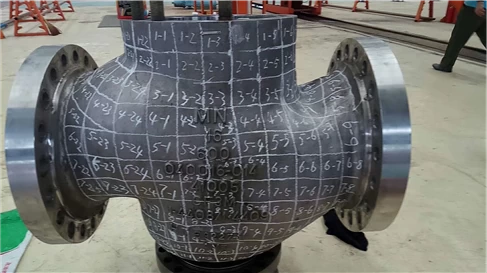
 +86 512 68781993
+86 512 68781993 
